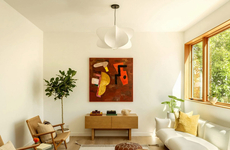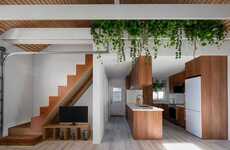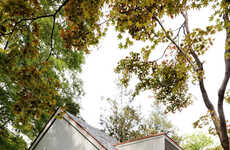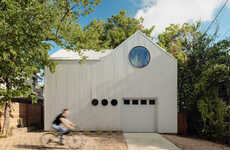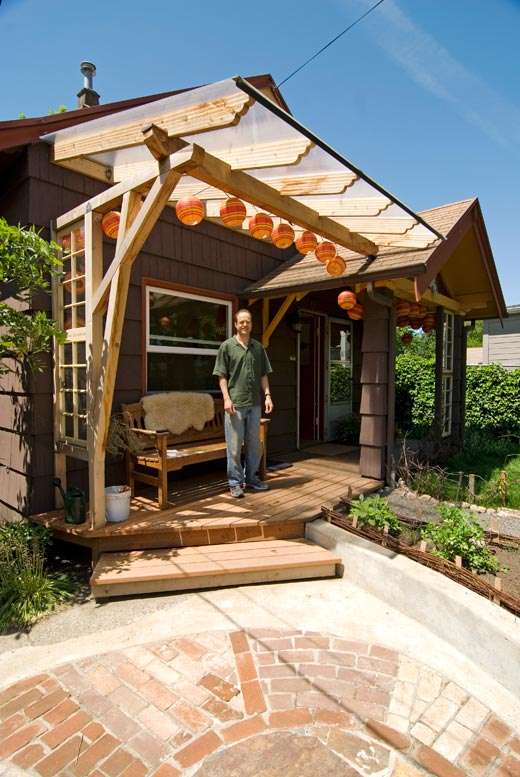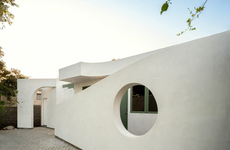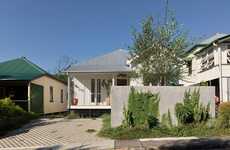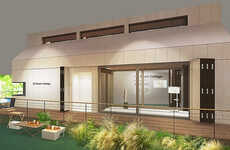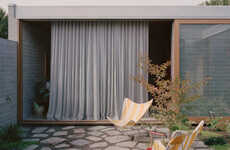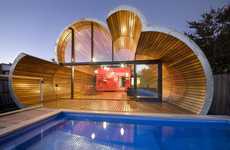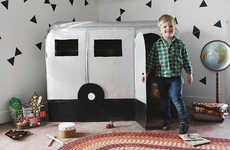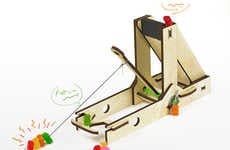
Garden Cottages Add Residential Capacity in Portland
Katie Cordrey — November 14, 2009 — Eco
References: thistinyhouse & orangesplotllc.blogspot
To facilitate increased residential density within the city limits of Portland, Oregon, home owners can add “detached accessory structures” to their residential lots under a housing ordinance provision for ‘co-housing.’
One example, the Garden Cottages at Ruth’s House are two tiny homes adjacent to a larger dwelling. The bathroom uses a combo sink and toilet fixture to save space and water. A large deck acts to expand the living space to the outdoors.
Eli Spevak of Orange Splot Cohousing Development of Portland, constructed the two “detached accessory structures” on a single-family residential lot next to a existing home. The cottages were part of the 2009 Build it Green! home tour.
One example, the Garden Cottages at Ruth’s House are two tiny homes adjacent to a larger dwelling. The bathroom uses a combo sink and toilet fixture to save space and water. A large deck acts to expand the living space to the outdoors.
Eli Spevak of Orange Splot Cohousing Development of Portland, constructed the two “detached accessory structures” on a single-family residential lot next to a existing home. The cottages were part of the 2009 Build it Green! home tour.
Trend Themes
1. Detached Accessory Structures - The growing trend of building detached structures on residential lots to increase housing capacity provides opportunities for innovative small home designs and eco-friendly construction.
2. Co-housing Communities - As more cities allow for co-housing and the development of smaller living spaces on residential lots, there is opportunity for innovative community planning and eco-conscious housing solutions.
3. Tiny Homes - The popularity of tiny homes as detached accessory structures on residential lots offers opportunities for creative home designs that maximize space and energy efficiency as well as eco-friendly building solutions.
Industry Implications
1. Construction - The construction industry has opportunities to innovate in small home designs, eco-friendly construction materials and techniques, and community planning as detached accessory structures become more widely accepted.
2. Real Estate - Real estate professionals have opportunities to offer creative solutions and marketing strategies for detached accessory structures as a way to increase residential density in a sustainable way.
3. Sustainability - The growing trend of detached accessory structures offers opportunities for the sustainability industry to innovate in eco-friendly building materials and construction techniques, renewable energy solutions, and green infrastructure.
6.1
Score
Popularity
Activity
Freshness


